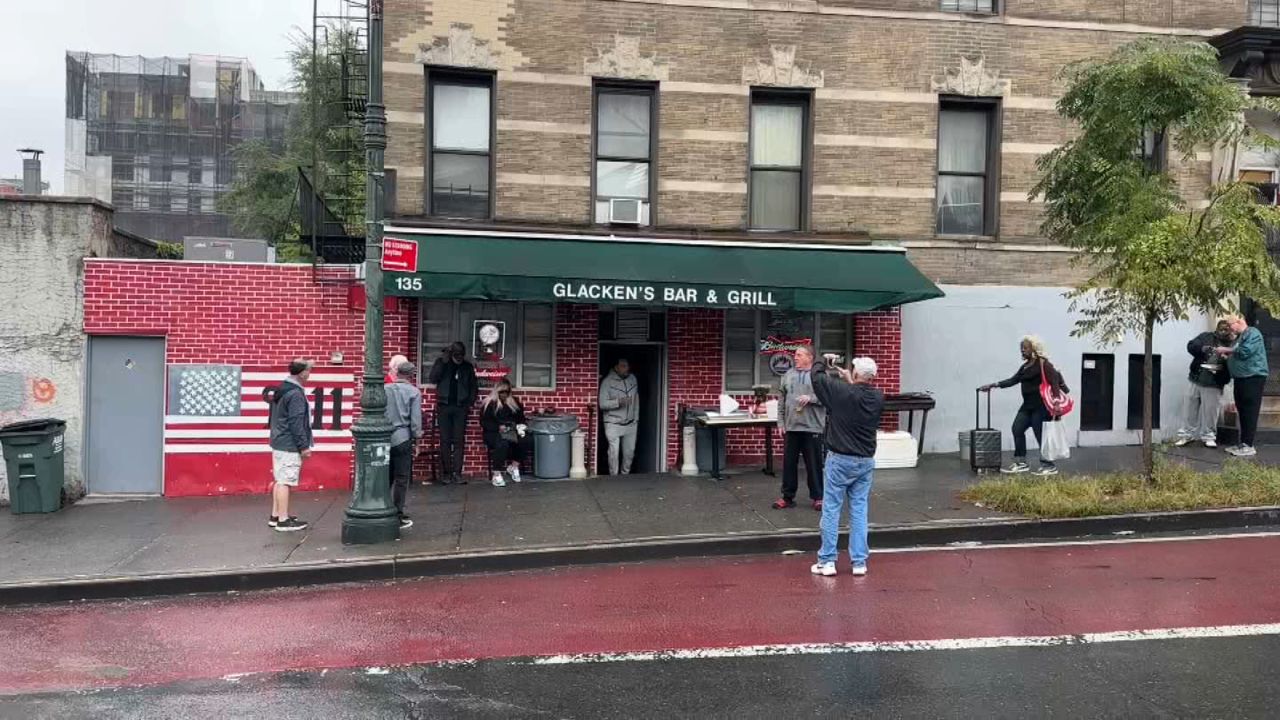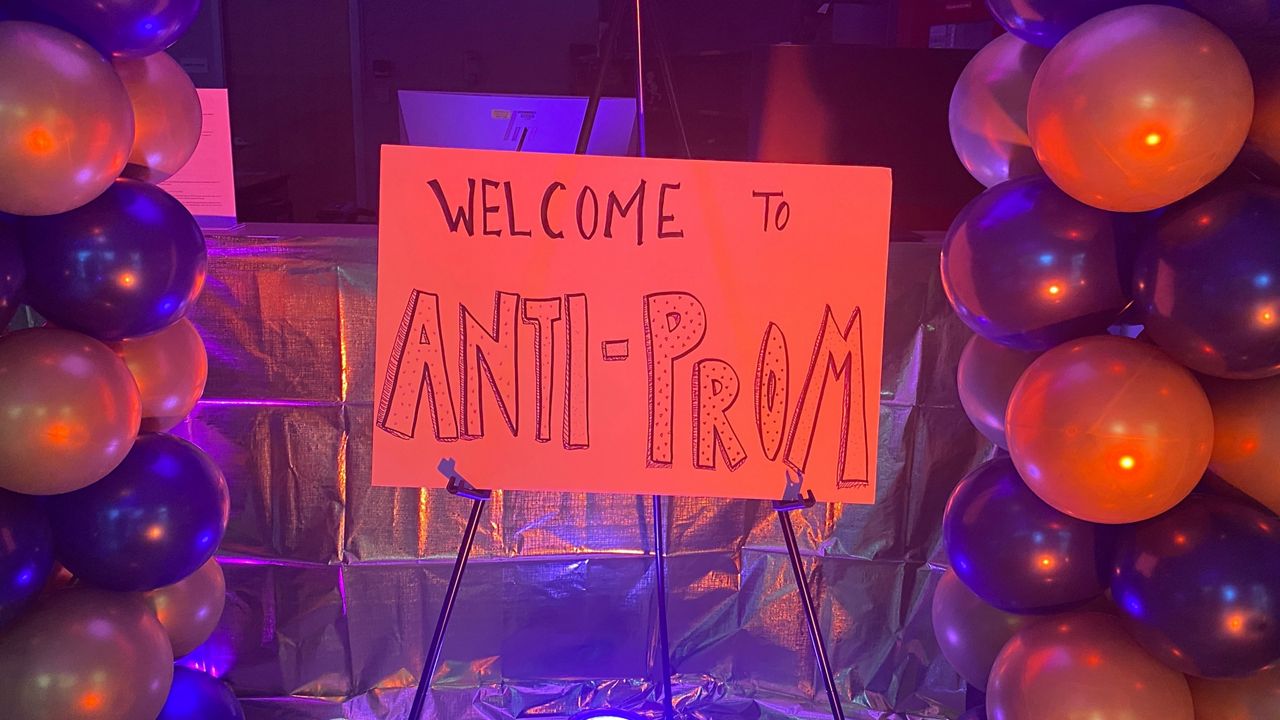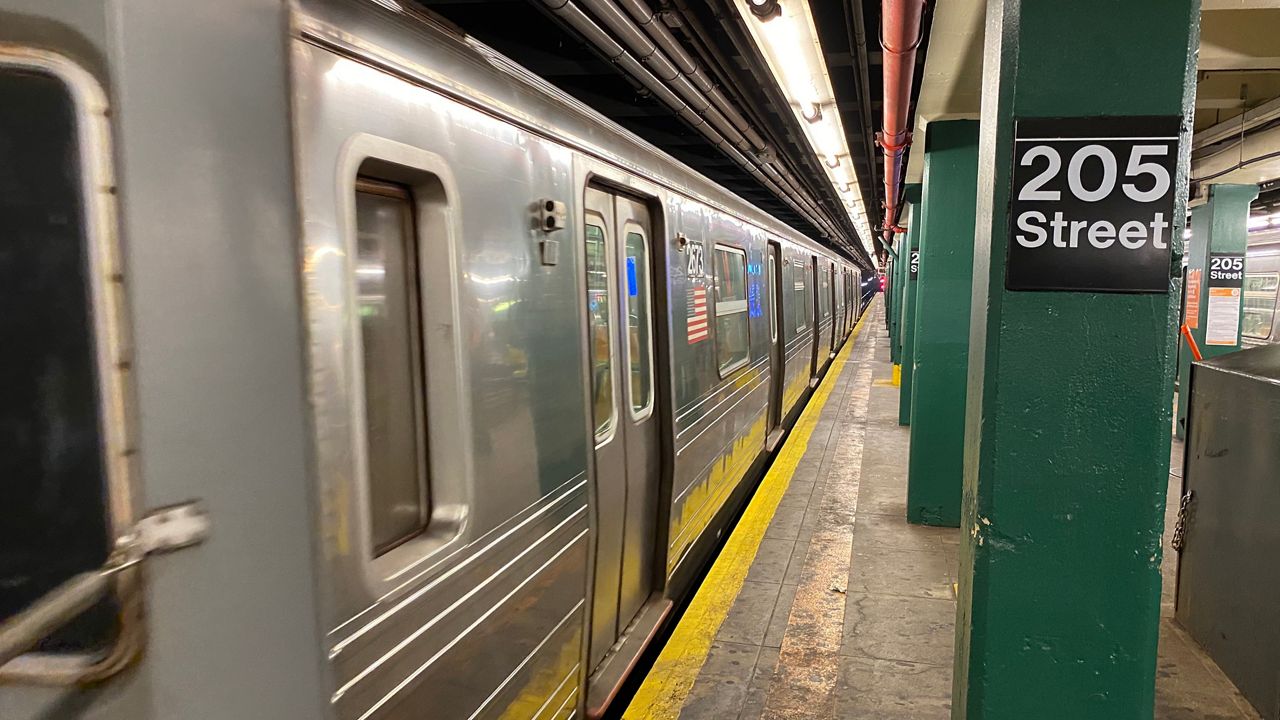The tall trees of Van Cortlandt Park danced to the sound of drums as a priest sang in the Yoruba dialect - African traditions that are part of this land. Now a massive park in the North West Bronx, was once part of a plantation, cared for and nurtured by slaves.
What You Need To Know
- Van Cortlandt Park in the North West Bronx was once part of a plantation, cared for and nurtured by slaves
- On Juneteenth, two sections of Van Cortlandt Park were renamed in honor of enslaved Africans buried there
- In the past year, the city has renamed dozens of parks for prominent Black Americans
“They weren’t just defined by their trade, or being slaves,” said Crystal Howard, Assistant Commissioner of Communications for the New York City Department of Parks and Recreation. “It’s important that we acknowledge their humanity.”
On June 19, the Van Cortlandt Park Alliance marked the newly minted federal holiday of Juneteenth, which honors the end of slavery and serves for many as a day of remembrance.
The special event included a libation ceremony to honor ancestors. It was capped by a renaming of sections of the park. To mark them as sacred ground. The two new signs: The Enslaved African and Kingsbridge Burial Ground, as well as the Hester and Pierro’s Mill Pond. The latter named for a miller and his wife who are among the slaves buried there.
“We didn’t know about Juneteenth, and every year when people would celebrate the 4th of July, many Black people would think, well that didn’t mean anything to us. But Juneteenth means something to us. It’s a day we all became free," said Carla Hall.
For years, researchers from the Kingsbridge Historical Society have been raising awareness about the history of this land and the contributions made by the enslaved Africans.
“It’s important for people to understand the legacy of many of these people whose blood and sweat built this city," said Olga Luz Tirado, Executive Director of the Bronx Tourism Council.
"The history that we are taught is so inaccurate and it’s really important to understand what happened then, seriously affects how we are living now and how the country is built, the economy is built and why we are going through what we are going through,” said Jim Keys.
The city has renamed dozens of parks for prominent Black Americans, in the past year as a way both to honor and bring attention to a part of New York history that often is unspoken.








